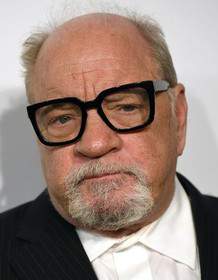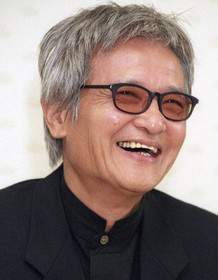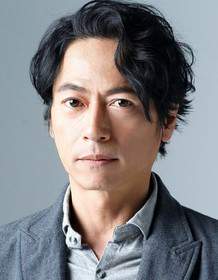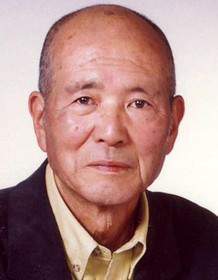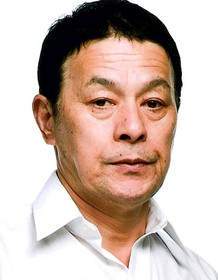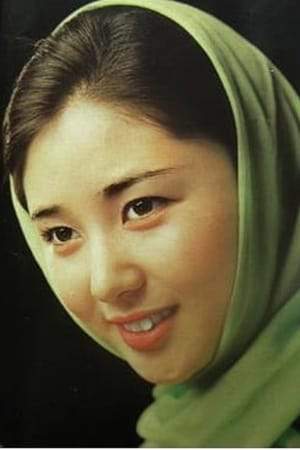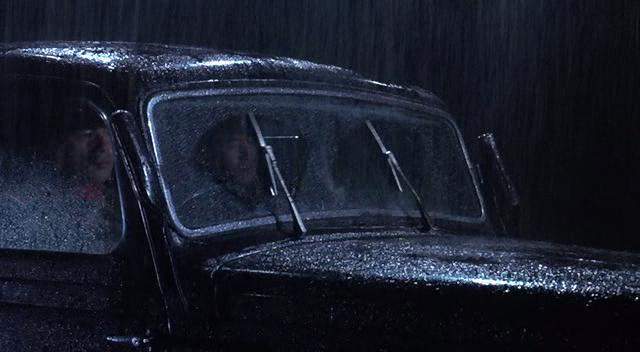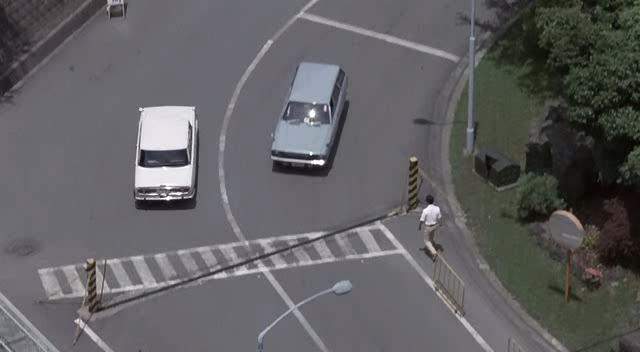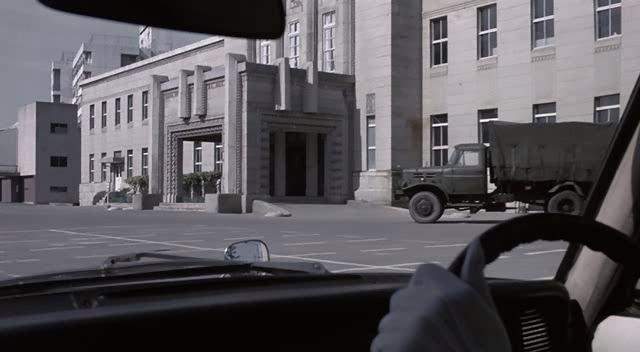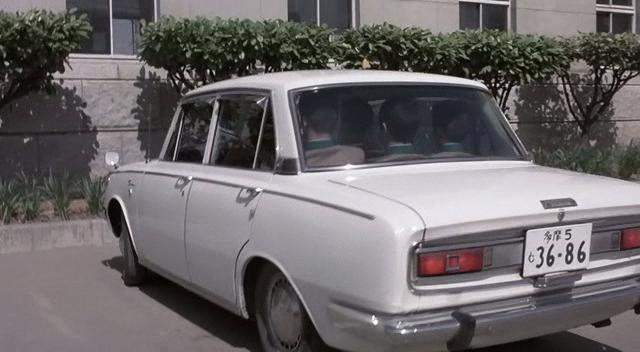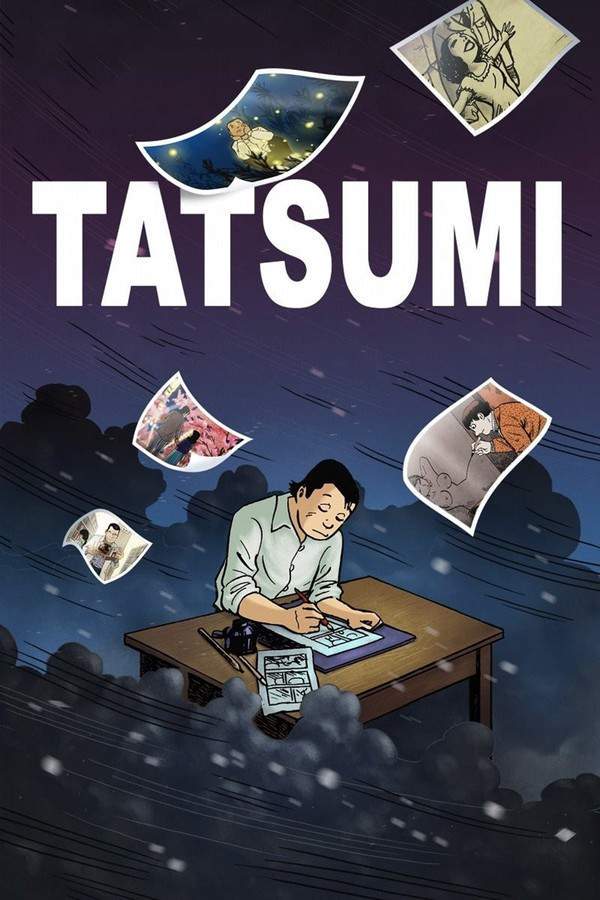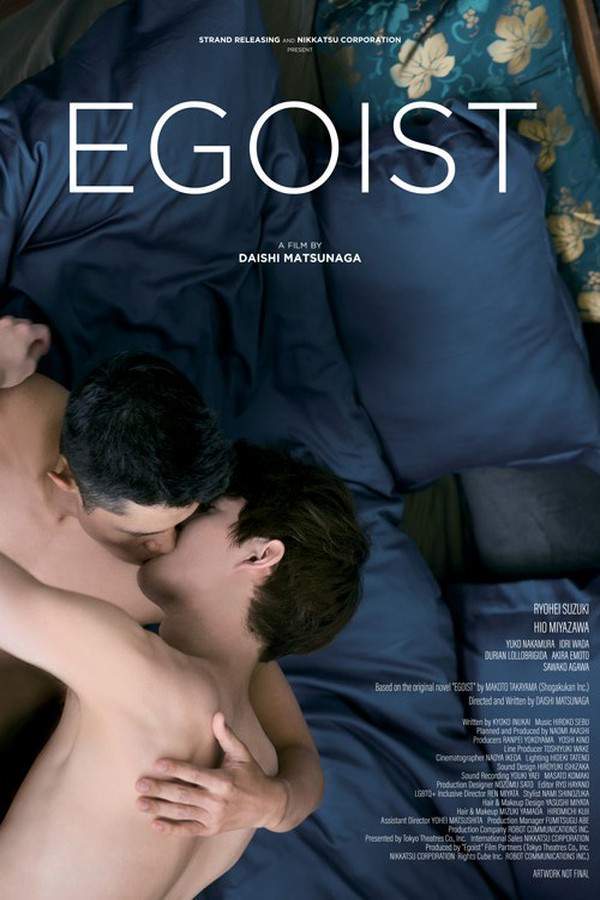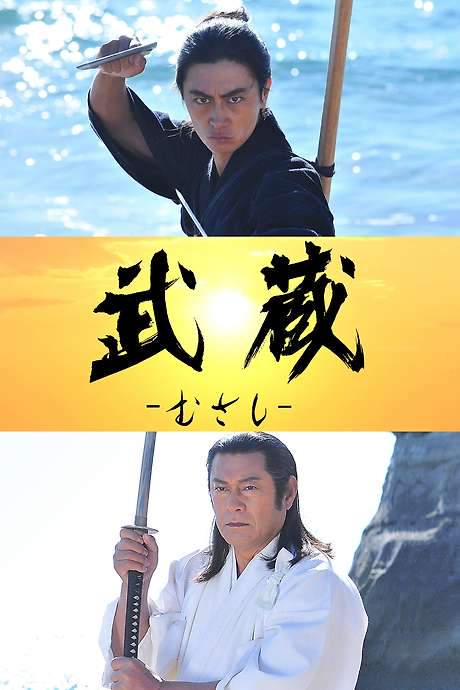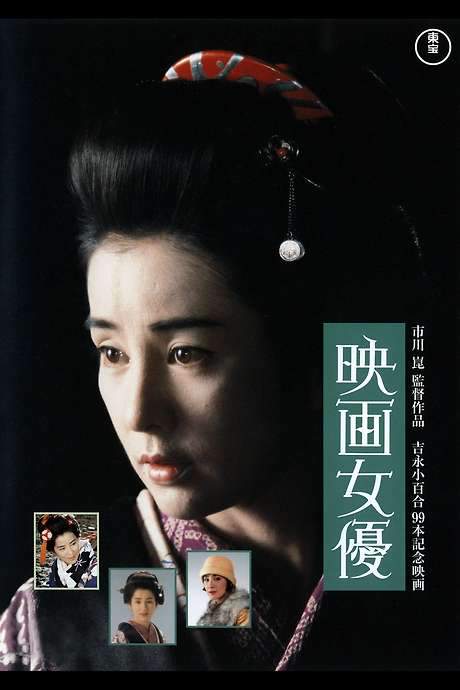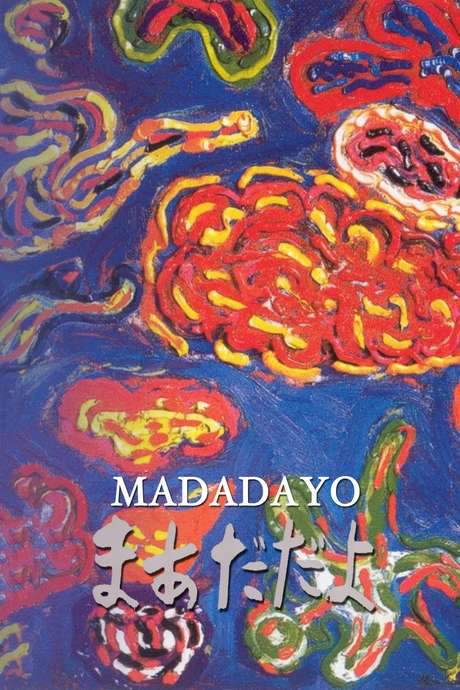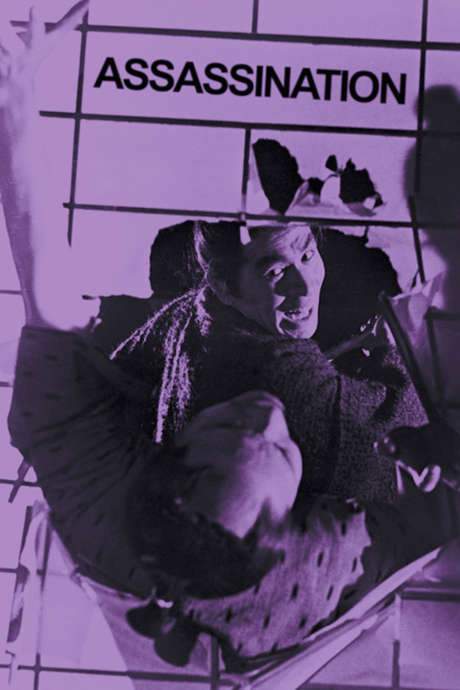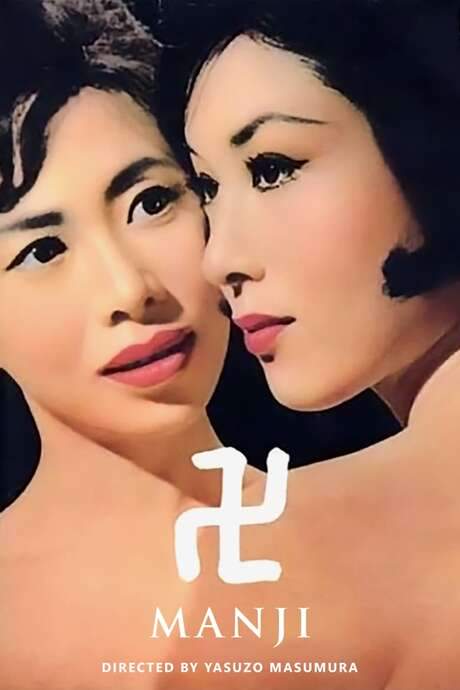Mishima: A Life in Four Chapters 1985
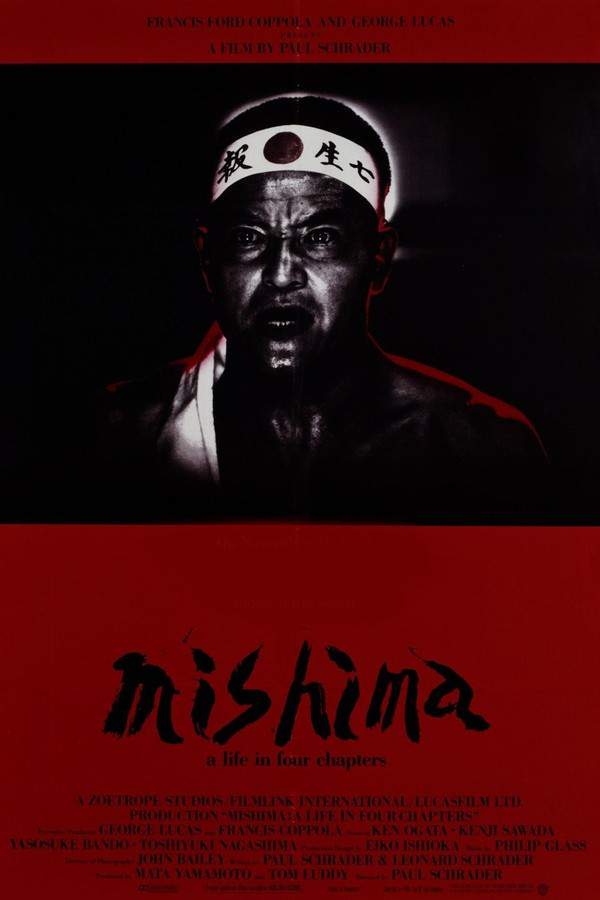
The film explores the life of Japanese author Yukio Mishima, presented in four distinct sections. The initial segments focus on his literary works and creative process, while the final chapter depicts the dramatic events surrounding his death on November 25, 1970. It offers a portrait of a complex and controversial figure.
Does Mishima: A Life in Four Chapters have end credit scenes?
No!
Mishima: A Life in Four Chapters does not have end credit scenes. You can leave when the credits roll.
Meet the Full Cast and Actors of Mishima: A Life in Four Chapters
Explore the complete cast of Mishima: A Life in Four Chapters, including both lead and supporting actors. Learn who plays each character, discover their past roles and achievements, and find out what makes this ensemble cast stand out in the world of film and television.
External Links and Streaming Options
Discover where to watch Mishima: A Life in Four Chapters online, including streaming platforms, rental options, and official sources. Compare reviews, ratings, and in-depth movie information across sites like IMDb, TMDb, Wikipedia or Rotten Tomatoes.
Ratings and Reviews for Mishima: A Life in Four Chapters
See how Mishima: A Life in Four Chapters is rated across major platforms like IMDb, Metacritic, and TMDb. Compare audience scores and critic reviews to understand where Mishima: A Life in Four Chapters stands among top-rated movies in its genre.

84
Metascore
8.3
User Score


79%
TOMATOMETER

90%
User Score

7.9 /10
IMDb Rating

78
%
User Score
Take the Ultimate Mishima: A Life in Four Chapters Movie Quiz
Challenge your knowledge of Mishima: A Life in Four Chapters with this fun and interactive movie quiz. Test yourself on key plot points, iconic characters, hidden details, and memorable moments to see how well you really know the film.
Mishima: A Life in Four Chapters Quiz: Test your knowledge on the life and works of Yukio Mishima, as depicted in the film 'Mishima: A Life in Four Chapters'.
What significant event occurs on November 25, 1970, in the film?
Yukio Mishima publishes a new novel
Yukio Mishima commits seppuku
Yukio Mishima is awarded a literary prize
Yukio Mishima introduces his militia
Show hint
Full Plot Summary and Ending Explained for Mishima: A Life in Four Chapters
Read the complete plot summary of Mishima: A Life in Four Chapters, including all major events, twists, and the full ending explained in detail. Explore key characters, themes, hidden meanings, and everything you need to understand the story from beginning to end.
The film opens on November 25, 1970—the final day of Yukio Mishima’s life. After completing a manuscript, he dons a uniform of his own design and meets with four of his most devoted followers from his private army, the Tatenokai.
As the story unfolds through flashbacks, we witness Mishima’s transformation from a frail child into one of Japan’s most celebrated writers of the post-war period. In his adulthood, he dedicates himself to honing his body to perfection, driven by a deep fascination with masculinity and physical culture. This morbid obsession leads him to develop a profound disdain for modern Japan’s materialism, which in turn drives him toward an extremist notion of traditionalism. He founds the Tatenokai, fervently advocating for the re-establishment of the Emperor as the nation’s leader.
The biographical narrative intertwines with dramatizations of three of Mishima’s notable works. In The Temple of the Golden Pavilion, a stuttering aspirant feels utterly overwhelmed by the temple’s beauty, prompting him to set it ablaze in a fit of desperation. Kyoko’s House illustrates a tragic sadomasochistic affair between a middle-aged woman and her younger lover, ultimately leading to devastating consequences due to financial dependency. Meanwhile, Runaway Horses portrays a group of zealous young nationalists plotting to topple the government and zaibatsu, culminating in the tragic suicide of their leader. These dramatizations, coupled with the frame story and flashbacks, are elegantly segmented into four distinct chapters titled Beauty, Art, Action, and Harmony of Pen and Sword.
The film reaches its climax as Mishima and his followers stage a hostage situation involving a General of the Japan Self-Defense Forces. He delivers a passionate address to the soldiers, imploring them to join his cause in restoring the Emperor’s sovereignty over Japan. However, his impassioned speech is met with derision and apathy. Following this, Mishima retreats to the General’s office and carries out an act of seppuku, sealing his fate in a display of ultimate loyalty to his ideals.
Uncover the Details: Timeline, Characters, Themes, and Beyond!

Coming soon on iOS and Android
The Plot Explained Mobile App
From blockbusters to hidden gems — dive into movie stories anytime, anywhere. Save your favorites, discover plots faster, and never miss a twist again.
Sign up to be the first to know when we launch. Your email stays private — always.
Watch Trailers, Clips & Behind-the-Scenes for Mishima: A Life in Four Chapters
Watch official trailers, exclusive clips, cast interviews, and behind-the-scenes footage from Mishima: A Life in Four Chapters. Dive deeper into the making of the film, its standout moments, and key production insights.
Cars Featured in Mishima: A Life in Four Chapters
Explore all cars featured in Mishima: A Life in Four Chapters, including their makes, models, scenes they appear in, and their significance to the plot. A must-read for car enthusiasts and movie buffs alike.
Mishima: A Life in Four Chapters Themes and Keywords
Discover the central themes, ideas, and keywords that define the movie’s story, tone, and message. Analyze the film’s deeper meanings, genre influences, and recurring concepts.
Mishima: A Life in Four Chapters Other Names and Titles
Explore the various alternative titles, translations, and other names used for Mishima: A Life in Four Chapters across different regions and languages. Understand how the film is marketed and recognized worldwide.
Similar Movies To Mishima: A Life in Four Chapters You Should Know About
Browse a curated list of movies similar in genre, tone, characters, or story structure. Discover new titles like the one you're watching, perfect for fans of related plots, vibes, or cinematic styles.
Quick Links: Summary, Cast, Ratings, More

What's After the Movie?
Not sure whether to stay after the credits? Find out!
Explore Our Movie Platform
New Movie Releases (2025)
Famous Movie Actors
Top Film Production Studios
Movie Plot Summaries & Endings
Major Movie Awards & Winners
Best Concert Films & Music Documentaries
Movie Collections and Curated Lists
© 2025 What's After the Movie. All rights reserved.



